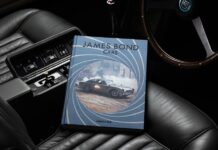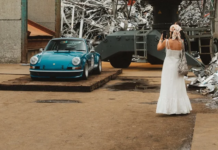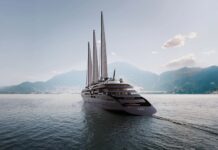Established by Scottish businessman David Murray in 1951, Ecurie Ecosse was one of the leading privateer racing teams during the 1950s. Victories at Le Mans in 1956 and 1957 were the team’s biggest achievements. The original team ceased operation in 1971. A decade later the rights to the name were acquired by racer Hugh McCaig with an eye on taking the Scottish team back to Le Mans.
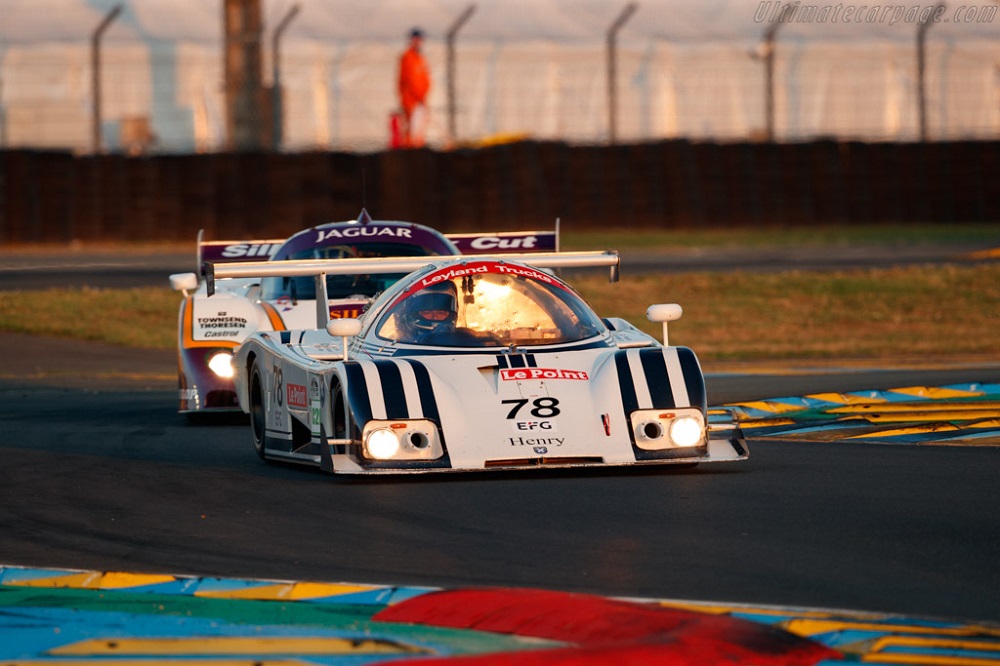
During its original iteration, Ecurie Ecosse ran competition cars built by the likes of Jaguar but by the early 1980s, the options for competitive customer racing cars were limited. Instead, a plan was devised to build a proprietary Ecosse racer to compete in the Group C2 class. Ray Mallock was hired to both design and drive the new car. He had previously helped create the Aston Martin Nimrod Group C car, which he also raced at Le Mans on three occasions.
A few corners were cut to get the team on the grid in 1984 by acquiring an old De Cadenent-Lola Group 6 racer that had already competed at Le Mans four times between 1977 and 1980. Mallock created brand-new coupe bodywork to transform the car to Group C2 specifications. Dubbed the Ecosse C284, the car was raced in the 1984 World Sports Car Championship until a fiery accident brought a premature end to its racing career during a Thundersports race at Silverstone in July.
For the 1985 season, Mallock created a brand new car. It followed the same lines as the destroyed C284 but with a stronger aluminium honeycomb monocoque. Power came from a Swindon Engines prepared Cosworth DFL V8. The engine was mounted in a steel tubular subframe together with the Hewland five-speed gearbox. The bodywork fitted to the new C285 was a further development of the body used in 1984. This in turn had been a scaled down version of what Mallock had penned for the Nimrod.
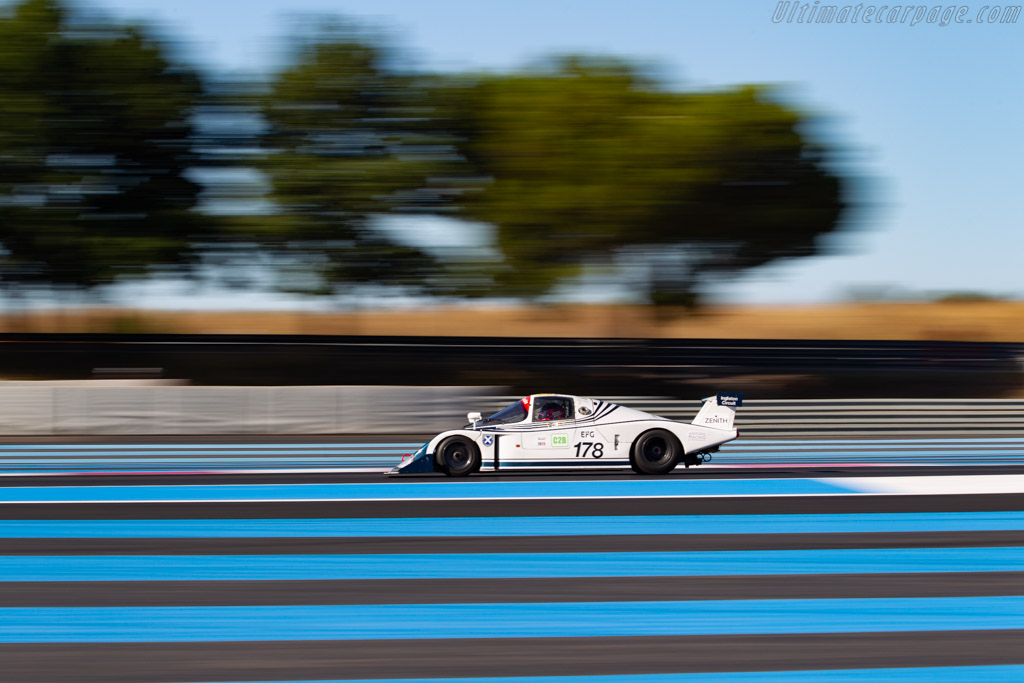
The new C285 debuted at the season opening Monza 1000 km, where it immediately impressed. Mike Wilds and Ray Mallock finished second in class in the race that was curtailed after a tree had fallen on the track. The Ecosse then managed to win the C2 class at Silverstone and scored two more class wins later in the year. At Le Mans, luck was not on Ecurie Ecosse’s side as an oil-pump failure prompted a retirement. In the World Championship, the team was beaten only by Spice Engineering.
The successes during the 1985 season had attracted the attention of the Austin Rover Group. With their backing a new C286 was built to house the Rover V64V engine. The type name was a reference to the engine’s V6 configuration and its four valves per cylinder. The compact unit was down on power compared to the DFL but it was also considerably lighter. As a result, the C286 was a full 50 kg lighter than the Cosworth-powered C285.
For the opening rounds of the 1986 season both the C285 and C286 were entered but with disappointing results. The team bounced back during the remainder of the season with C2 victories at Brands Hatch, the Nürburgring, Spa and Fuji. Mallock was the driver at each occasion, joined for two rounds by David Leslie and the other two by Marc Duez, who had been under contract with Austin Rover. While Mallock just missed out on the title, he did do just enough for Ecurie Ecosse to be grab the teams’ World Championship.
Sadly, the Austin Rover backing lasted just a single season despite the successes in 1986. The first C286 was re-engined with a DFL while a second was built from scratch around the Cosworth V8. With backing from Royal Mail subsidiary Switftair, the two C286s were raced side by side in the 1987 World Championship. Mallock and Leslie drove the new car to class victories at Silverstone and Brands Hatch but Le Mans was once again a disappointment as the team had to console for a runner-up position.
Having competed in the World Sportscar Championship for four seasons, Ecurie Ecosse bowed out at the end of 1987. This was for good reason as Mallock had been commissioned to develop the all-new Aston Martin AMR1 Group C car for the 1989 season. Two of the Ecosse cars were later raced by privateers and all three have since appeared at historic race meetings.
Report by ultimatecarpage.com


